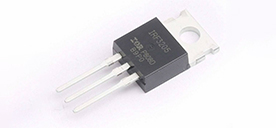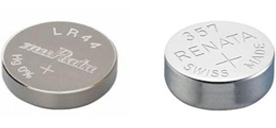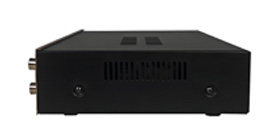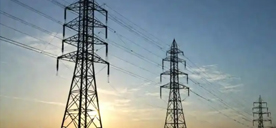Deciphering the engineering design of wireless charging structures for electric vehicles
2024/5/6 14:13:36
Views:
Electric vehicle charging technology has gradually become one of the main means to solve charging problems. Compared with traditional charging methods, dynamic wireless charging technology has obvious advantages. This technology powers electric vehicles by transmitting electrical energy to vehicle receivers on the ground, thereby extending the vehicle's range and making it safer and more convenient. In addition, the research and development of dynamic wireless power supply systems has also become a hot spot in major research institutions. Wireless charging technology will open up a larger market as new energy cars are heavily promoted.
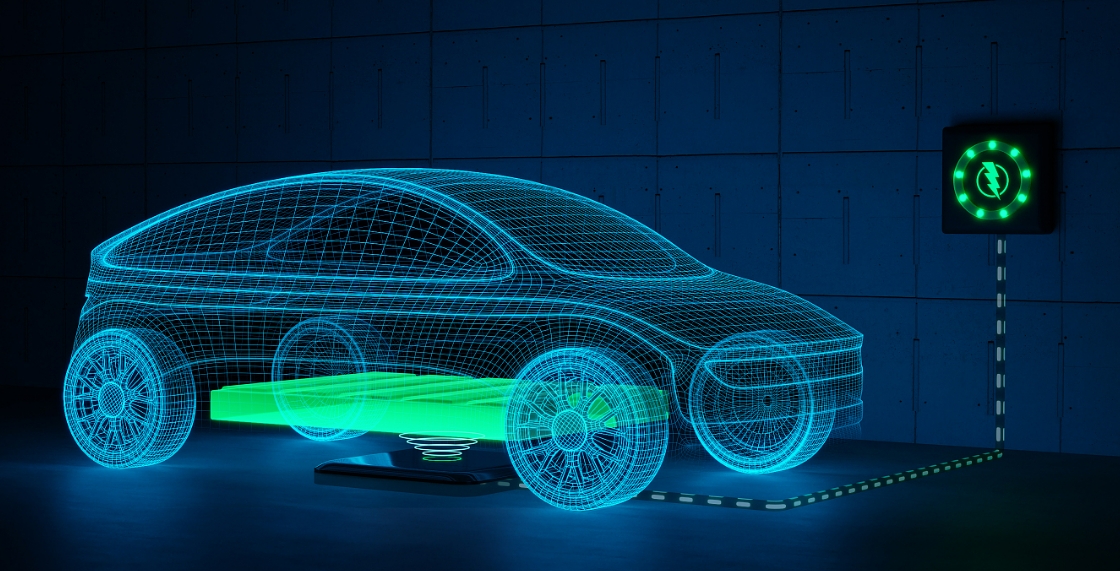 One practical solution to the charging issue with new energy cars is wireless charging technology. Compared with traditional wired charging methods, wireless charging technology has the advantages of low charging frequency, long cruising range, less battery usage, and low cost. Especially for public transportation such as electric buses, continuous endurance is crucial. Thus, it is essential that dynamic wireless charging technology be developed, particularly to give real-time energy for electric car driving. However, there are still some key issues and challenges that need to be solved, such as high-performance magnetic coupling mechanism design, electromagnetic compatibility, energy transmission control, etc. Solving these problems will help promote the development of dynamic wireless power technology.
One practical solution to the charging issue with new energy cars is wireless charging technology. Compared with traditional wired charging methods, wireless charging technology has the advantages of low charging frequency, long cruising range, less battery usage, and low cost. Especially for public transportation such as electric buses, continuous endurance is crucial. Thus, it is essential that dynamic wireless charging technology be developed, particularly to give real-time energy for electric car driving. However, there are still some key issues and challenges that need to be solved, such as high-performance magnetic coupling mechanism design, electromagnetic compatibility, energy transmission control, etc. Solving these problems will help promote the development of dynamic wireless power technology.
Among the charging methods for new energy vehicles, fast charging and overcharging are the two most common methods. Although they are both DC charging methods, the principles are the same. This article will popularize these charging technologies and introduce their basic concepts.
Popular science on charging technology
· PFC
PFC is a circuit that improves power factor. By adjusting the AC input current waveform, the phase difference between voltage and current can be reduced, thereby bringing the power factor close to 1.
· LLC
LLC is a series-parallel resonant circuit, consisting of a resonant inductor, an excitation inductor and a resonant capacitor. The inductor and capacitor are used to complete the resonance of the circuit and achieve stable regulation of the input voltage and output voltage.
· The impedance (Z)
An electrical current's resistance in a circuit is measured by its impedance.
· Reactance
Reactance is divided into capacitive reactance and inductive reactance, which are generated by capacitance and inductance respectively. They change as the frequency of the circuit changes, but the resistance does not. Using the characteristics of capacitors and inductors, the circuit can be adjusted and controlled.
There are numerous ways to charge wirelessly, such as radio waves, electric field coupling, magnetic field resonance, and electromagnetic induction. Among them, magnetic field resonance is currently one of the most widely used wireless charging methods. Different from charging piles, magnetic field resonance wireless charging uses different resonant circuits, such as serial circuits, parallel circuits and LCL circuits. In addition, the coil coupling structure is also a key factor affecting the wireless charging effect, including ring coils, figure-8 coils and spiral tube coils.
Major automobile companies are also actively exploring wireless charging technology. For example, NIO has optimized the circuit topology of the DDQ coil to improve the coupling coefficient between coils. SAIC Zhiji Company has launched the L7 IMAD system to achieve precise parking functions. In addition, Momentum Dynamics is committed to applying wireless charging technology for electric vehicles to larger coil sizes to improve charging efficiency.
Broad application potential exist for wireless charging technologies in the new energy vehicle space.The automobile industry is expected to benefit from increased convenience and growth prospects resulting from the ongoing progress and development of technology.

Among the charging methods for new energy vehicles, fast charging and overcharging are the two most common methods. Although they are both DC charging methods, the principles are the same. This article will popularize these charging technologies and introduce their basic concepts.
Popular science on charging technology
· PFC
PFC is a circuit that improves power factor. By adjusting the AC input current waveform, the phase difference between voltage and current can be reduced, thereby bringing the power factor close to 1.
· LLC
LLC is a series-parallel resonant circuit, consisting of a resonant inductor, an excitation inductor and a resonant capacitor. The inductor and capacitor are used to complete the resonance of the circuit and achieve stable regulation of the input voltage and output voltage.
· The impedance (Z)
An electrical current's resistance in a circuit is measured by its impedance.
· Reactance
Reactance is divided into capacitive reactance and inductive reactance, which are generated by capacitance and inductance respectively. They change as the frequency of the circuit changes, but the resistance does not. Using the characteristics of capacitors and inductors, the circuit can be adjusted and controlled.
There are numerous ways to charge wirelessly, such as radio waves, electric field coupling, magnetic field resonance, and electromagnetic induction. Among them, magnetic field resonance is currently one of the most widely used wireless charging methods. Different from charging piles, magnetic field resonance wireless charging uses different resonant circuits, such as serial circuits, parallel circuits and LCL circuits. In addition, the coil coupling structure is also a key factor affecting the wireless charging effect, including ring coils, figure-8 coils and spiral tube coils.
Major automobile companies are also actively exploring wireless charging technology. For example, NIO has optimized the circuit topology of the DDQ coil to improve the coupling coefficient between coils. SAIC Zhiji Company has launched the L7 IMAD system to achieve precise parking functions. In addition, Momentum Dynamics is committed to applying wireless charging technology for electric vehicles to larger coil sizes to improve charging efficiency.
Broad application potential exist for wireless charging technologies in the new energy vehicle space.The automobile industry is expected to benefit from increased convenience and growth prospects resulting from the ongoing progress and development of technology.
Related Information
-
-
Phone
+86 135 3401 3447 -
Whatsapp

